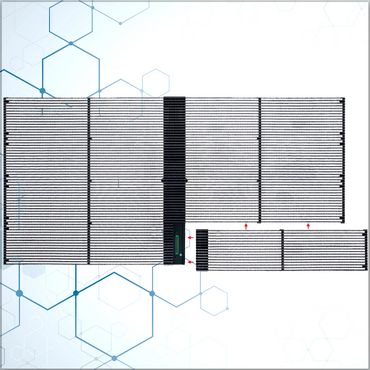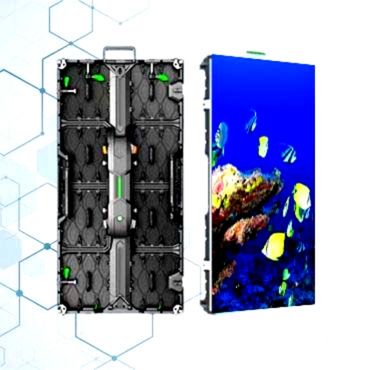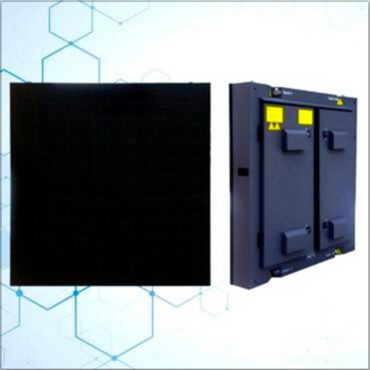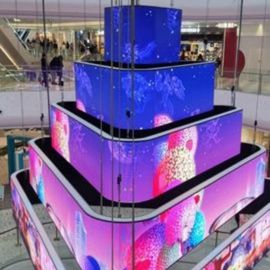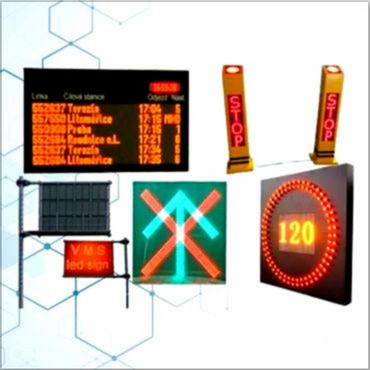Leading Manufacturer For LED Wall Panel
High-Performance LED Wall Panel
- DESCRIPTION
- PARAMETERS
- TECHNOLOGY CENTER
The Advancements and Applications of LED Wall Panels
Abstract: This paper explores the evolution, technical aspects, and diverse applications of LED wall panels. It delves into how these panels have transformed the display industry and their potential for future development.
Introduction
LED wall panels have emerged as a revolutionary display technology, offering high-resolution, vivid images, and flexible configurations. These panels have become an integral part of various sectors, from entertainment and advertising to corporate and educational settings.
Technical Features of LED Wall Panels
LED wall panels consist of an array of light-emitting diodes (LEDs) that work together to create a seamless and immersive visual experience. The key technical features include:
1. Pixel Pitch: The distance between individual LEDs determines the resolution and clarity of the display. Smaller pixel pitches result in sharper images.
2. Brightness and Contrast: They can offer high brightness levels, ensuring visibility even in bright ambient light, along with excellent contrast ratios for vivid colors.
3. Color Accuracy: Advanced color calibration techniques enable accurate and consistent color reproduction.
4. Refresh Rate: A high refresh rate ensures smooth and fluid motion without any flicker or blurring.
Advantages of LED Wall Panels
The advantages of LED wall panels over traditional display technologies are numerous. They provide:
1. Seamless Displays: Without bezels or seams, they offer a continuous and uninterrupted image.
2. Durability: Long lifespan and resistance to environmental factors make them suitable for both indoor and outdoor use.
3. Energy Efficiency: Compared to other display options, they consume less power.
4. Customization: Available in various shapes and sizes, they can be tailored to specific requirements.
Applications of LED Wall Panels
1. Advertising and Marketing: In commercial spaces, they capture the attention of passersby with dynamic and engaging content.
2. Entertainment Venues: From concert stages to sports arenas, they enhance the audience experience.
3. Corporate Settings: Conference rooms and lobbies use them for presentations and brand promotion.
4. Control Rooms: In industries like transportation and security, they provide real-time information display.
Challenges and Future Trends
Despite their numerous benefits, LED wall panels face certain challenges such as high initial costs and installation complexities. However, ongoing research and development aim to address these issues. Future trends include even smaller pixel pitches, improved color gamuts, and enhanced interactivity.
Conclusion
LED wall panels have transformed the way we view and interact with visual information. Their continuous development and innovation promise to bring more immersive and impactful display solutions across a wide range of applications.
Please note that this is a sample paper to give you an idea. You may need to further expand and refine it based on your specific requirements and research.
| LED Wall Panel | OFS-2.5 | OFS-3 | OFS-4 | OFS-6 | OFS-8 | OFS-10 | OFS-12.5 | OFS-16 |
| Pixel pitch(mm) | 2.5 | 3 | 4 | 6 | 8 | 10 | 12.5 | 16 |
| Pixel Density(dot/m2) | 160000 | 111111 | 62500 | 27777 | 15625 | 10000 | 6400 | 3906 |
| LED Type | SMD1415 | SMD1415 | SMD1921 | SMD2525-2727-3535 | SMD3535 | SMD3535 | SMD3535 | SMD3535 |
| Module Size(W x H x D)mm | 320×160 | 192×192 | 256 x 128 | 192 x 192 | 256 x 128 | 320 x 160 | 200 x 200 | 256 x 256 |
| Module resolution(W x H) | 128×64 | 64×64 | 64 x32 | 32 x32 | 32×16 | 32×16 | 16×16 | 16 x16 |
| Module Weight(Kg) | 0.4 | 0.37 | 0.35 | 0.37 | 0.35 | 0.4 | 0.45 | 0.75 |
| Power Consumption per Module(w) | 40 | 40 | 25 | 30 | 25 | 40 | 35 | 40 |
| Diver Mode(Scan) | 16Scan | 16Scan | 1/8 | 1/8 1/4 | 1/4 | 1/2 | 1/1 | 1/1 |
| Brightness(cd/m2) | ≥5,500 | ≥5,500 | ≥5500 | ≥5500 | ≥5500 | ≥5500 | ≥5500 | ≥5500 |
| Grey Scale(bits) | 16 | 16 | 16 | 16 | 16 | 16 | 16 | 16 |
| Refresh Rate(Hz) | 1920hz-3840hz | |||||||
| Cabinet Size(W x H x D)mm | 960 x 960 x140 | |||||||
| Cabinet Weight(Kg/m2) | 40 | 40 | 40 | 40 | 40 | 40 | 40 | 40 |
| Max Power Consumption(W/m2) | 800 | 800 | 800 | 800 | 800 | 800 | 800 | 800 |
| Average Power Consumption(W/m2) | 280 | 280 | 280 | 280 | 280 | 280 | 280 | 280 |
| View Angle(H°/V°) | 170/170 | 170/170 | 170/170 | 170/170 | 170/170 | 170/170 | 170/170 | 170/170 |
| Mini View Distance(m) | 2 | 2 | 3 | 5 | 8 | 10 | 10 | 16 |
| Operating Use Temperature(℃) | -20℃~60℃ | |||||||
| Storage Use Temperature(℃) | -20℃~60℃ | |||||||
| Input Voltage(V) | 100~240V | |||||||
| Input Power Frequency(Hz) | 50Hz~60Hz | |||||||
| Failure Rate | <1/100,1000 | |||||||
| Signal Input Format | SDI, RGBHV,YUV,YC,Composite,HDMI,DVI,SD/HD-SDI etc. | |||||||
| Life Time(hrs) | 100000 | |||||||
| IP Level(front/rear) | IP65 | |||||||


